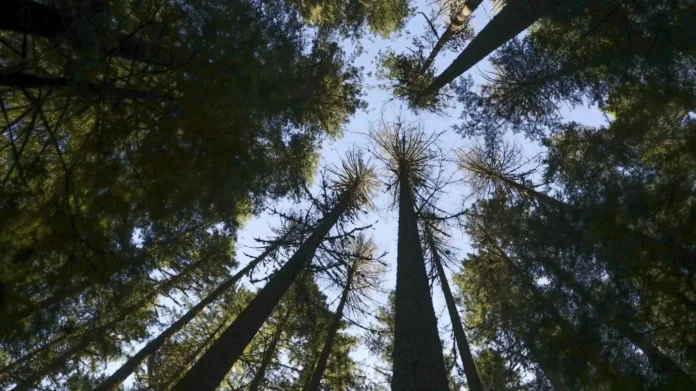In a recent study conducted by the US Forest Service, it was found that about 60% of counties in the United States have seen an increase in tree cover between the years of 2000 and 2020. This is a significant increase and a positive trend that highlights the importance of conservation efforts and the impact they can have on our environment.
The study, which analyzed satellite data from across the country, revealed that the increase in tree cover was observed in both urban and rural areas. This is particularly encouraging as urban areas are often associated with a decrease in green spaces due to development and expansion. However, it seems that communities across the country are making a conscious effort to preserve and even increase their tree cover.
One of the main factors contributing to this increase is the growing awareness of the importance of trees in our environment. Trees provide us with oxygen, filter air and water, and act as natural air conditioners. They also play a crucial role in combating climate change by absorbing carbon dioxide from the atmosphere. Therefore, it is encouraging to see that more and more people are recognizing the value of trees and are taking action to protect them.
Another significant factor is the efforts of local governments and conservation organizations in promoting tree planting programs and initiatives. This includes programs such as tree planting campaigns, urban forestry projects, and reforestation efforts in rural areas. These efforts have been successful in not only increasing tree cover but also in educating communities about the importance of trees in maintaining a healthy environment.
The increase in tree cover also has numerous benefits for local communities. Trees provide shade, which can help lower temperatures in urban areas and reduce the risk of heat-related illnesses. They also play a vital role in improving air and water quality, making neighborhoods more livable and enjoyable. Additionally, trees contribute to the overall aesthetic appeal of communities, making them more attractive and desirable places to live.
The study’s findings also highlight the importance of preserving and protecting natural areas and forests. While the increase in tree cover is positive, it is also crucial to maintain the existing tree cover and prevent deforestation. Trees are essential for maintaining biodiversity and providing habitats for various species of plants and animals. They also play a critical role in preserving natural resources such as soil and water. Therefore, it is essential to balance the increase in tree cover with efforts to protect and preserve existing forests.
The increase in tree cover is not only good news for the environment but also for the economy. Trees and forests provide numerous economic benefits, such as timber and non-timber forest products, as well as recreational opportunities like hiking, camping, and birdwatching. The increase in tree cover also has the potential to create new job opportunities in areas such as forestry and landscaping.
While the findings of this study are undoubtedly positive, there is still more work to be done. The remaining 40% of counties that have not seen an increase in tree cover must also be addressed. Initiatives aimed at promoting tree planting and conservation efforts must be expanded to reach these areas and continue to raise awareness about the importance of trees.
In conclusion, the increase in tree cover in 60% of U.S. counties is a significant achievement and a testament to the efforts of communities, governments, and conservation organizations. It is a positive trend that highlights the potential for change and the importance of preserving our environment. With continued efforts and a collective commitment to greener and more sustainable practices, we can strive for even greater increases in tree cover in the coming years. As the saying goes, “The best time to plant a tree was 20 years ago. The second-best time is now.” Let us continue to plant and protect trees for a better and greener future.

